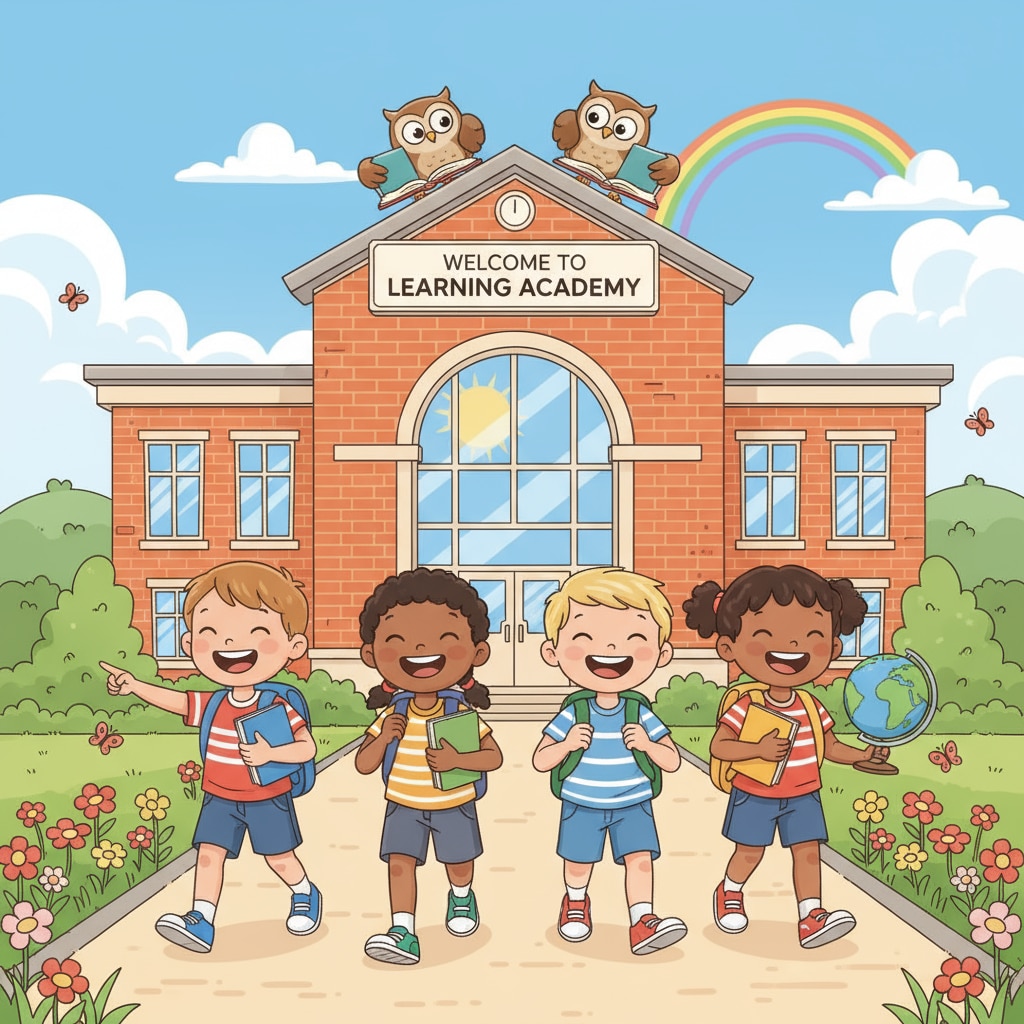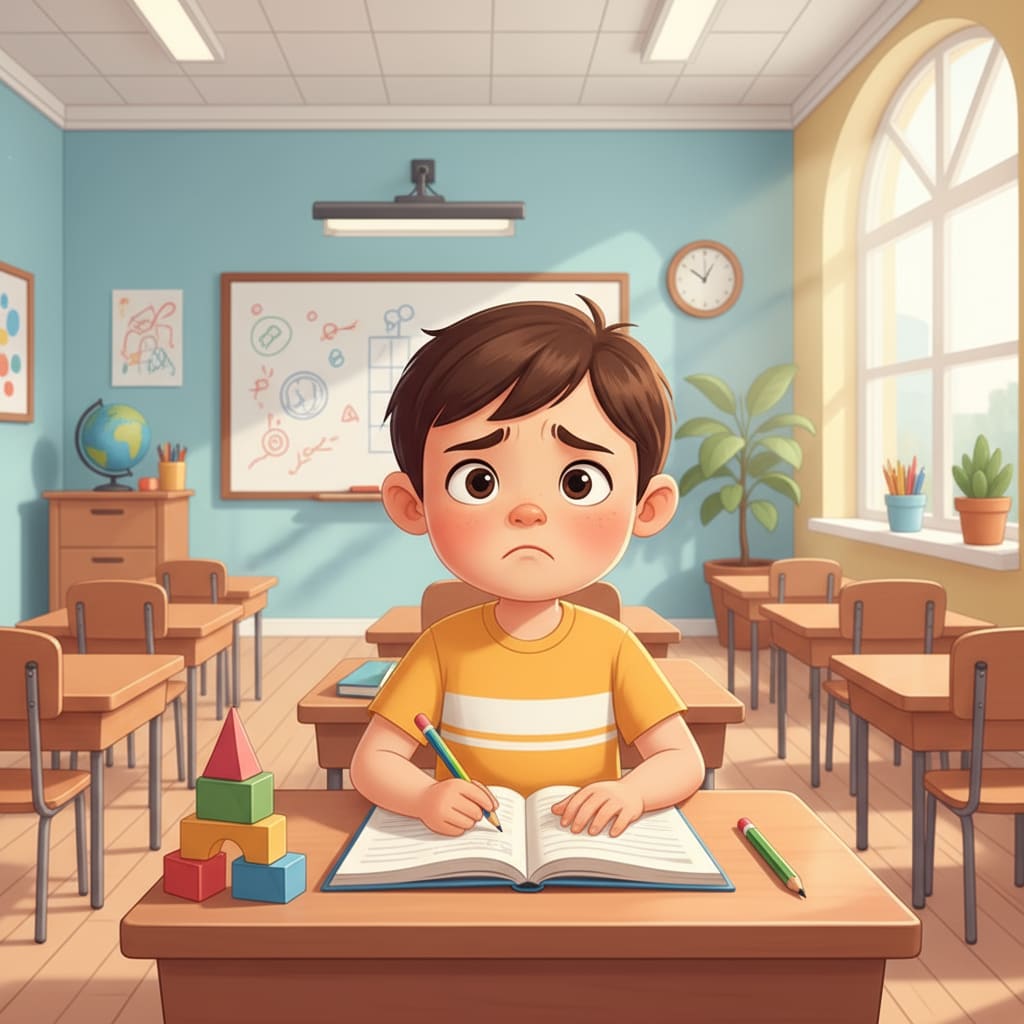Highly gifted young children, school transition, and twice exceptional (2e) are important aspects to consider when a child moves from a Montessori environment to a public school’s gifted program. This transition can be both exciting and challenging for the child and parents alike.

Montessori environments are known for their freedom and self-directed learning, while public schools typically have a more structured curriculum. Understanding the unique needs of highly gifted and 2e children is crucial for a successful transition. Gifted education on Wikipedia offers insights into the general concepts of giftedness and educational approaches.
Understanding the Challenges
For highly gifted young children, moving from a Montessori setting to a public school can be a big adjustment. In Montessori, children have the freedom to choose their activities and work at their own pace. However, public schools often have a set schedule and a more rigid teaching style. For example, in a Montessori classroom, a child might spend hours exploring a topic that interests them, but in a public school, they need to follow the class schedule. This change can be difficult for some children, especially those who are twice exceptional. 2e children, who have both gifts and learning challenges, may find it even harder to adapt to the new environment. Resources on twice exceptional children can help parents better understand the unique struggles their children might face.

Preparing the Child
One of the key strategies is to prepare the child for the transition well in advance. Start talking to them about the new school, its rules, and what to expect. Visit the school together so they can familiarize themselves with the building, classrooms, and teachers. You can also play games that simulate school activities, such as taking turns and following instructions. In addition, encourage the child to express their feelings and concerns. Let them know that it’s normal to feel a bit nervous or excited about the change. This way, they will be more mentally prepared for the new educational environment.
Another important aspect is to help the child develop the necessary skills for the public school setting. This includes improving their organizational skills, time management, and social skills. For instance, teach them how to keep their school supplies organized and how to manage their time to complete assignments. Social skills are also crucial as they will be interacting with more children in a public school. Encourage them to make new friends and participate in group activities.
Readability guidance: As seen above, short paragraphs and clear explanations help convey the information effectively. We use lists and simple language to ensure easy comprehension. Transition words like “however”, “for example”, and “in addition” are used to connect ideas smoothly.


